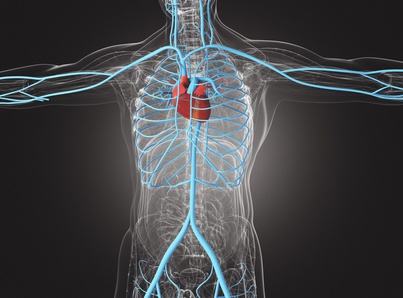Courtesy of Dr. José Álvarez

The present study compares (randomizing slow vs. high speed rotational atherectomy) two ablation techniques associated with slow flow.
Method: 100 patients with calcified coronary arteries were randomized 1:1 to low speed (140.000 rpm) vs. high speed (190.000 rpm) rotational atherectomy. Slow flow was defined as post ablation distal runoff TIMI flow < 2.
Results: slow flow incidence was 24% in both groups (P=1.00; odds ratio, 1.00; 95% CI 0.40–2.50). The different flow grades were similar in both groups (TIMI 3, 76%; TIMI 2, 14%; TIMI 1, 8%; TIMI 0, 2% for the low speed group, and TIMI 3, 76%; TIMI 2, 14%; TIMI 1, 10%; TIMI 0, 0% for the high speed group). The incidence of periprocedural infarction was also similar between the groups (6% vs 6%, P=1.00).
Conclusions
The authors were not able to find a relationship between post rotational atherectomy distal runoff alterations and the use of high or low speed ablation techniques.
Comment
Lesion length and the use of a low burr-to-vessel ratio are known to determine slow flow incidence post rotational atherectomy. In the present study, a low speed ablation technique, that in theory should induce less platelet antiaggregation, resulted no different than the high speed technique as regards slow flow.
We should bear in mind that all patients in the present trial were receiving dual antiaggregation therapy, that the total ablation time was no different between the groups, and that, in general, a low burr-to-vessel ratio was preferred; even so, 24% of patients presented this complication, which calls for further research on this matter.
Courtesy of Dr. José Álvarez
Original Title: The incidence of slow flow after rotational atherectomy of calcified coronary arteries. A randomized study of Low Speed Versus High Speed
Reference: Kenichi Sakamura MD, Hiroshi Funayama Md, Yosuke Taniguchi Md et al Cath Cardiovasc Interv 2017; 89:832-840
Subscribe to our weekly newsletter
Get the latest scientific articles on interventional cardiology
We are interested in your opinion. Please, leave your comments, thoughts, questions, etc., below. They will be most welcome.


